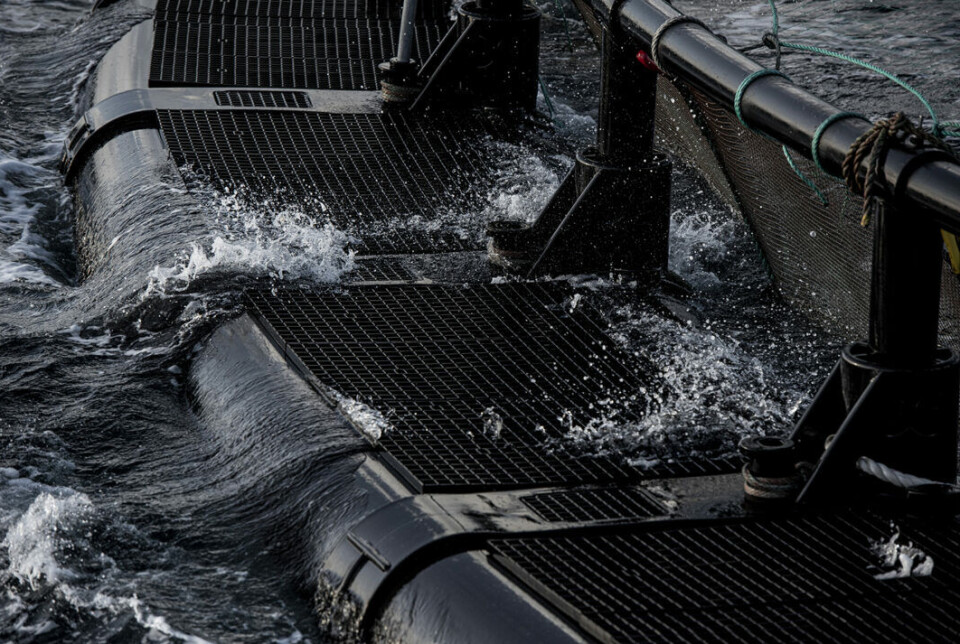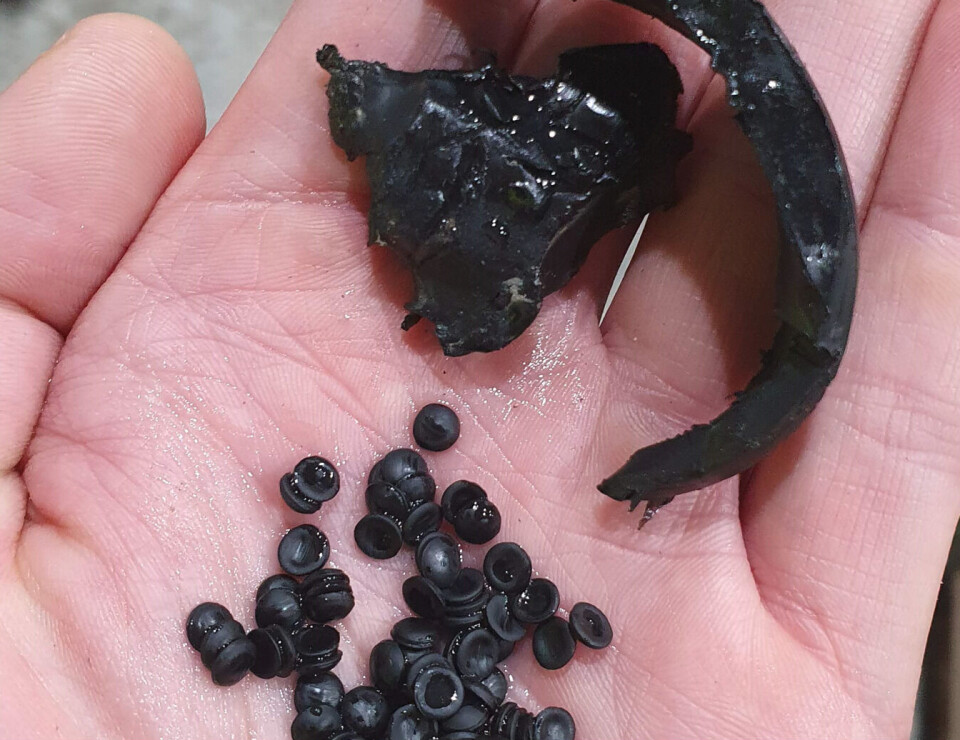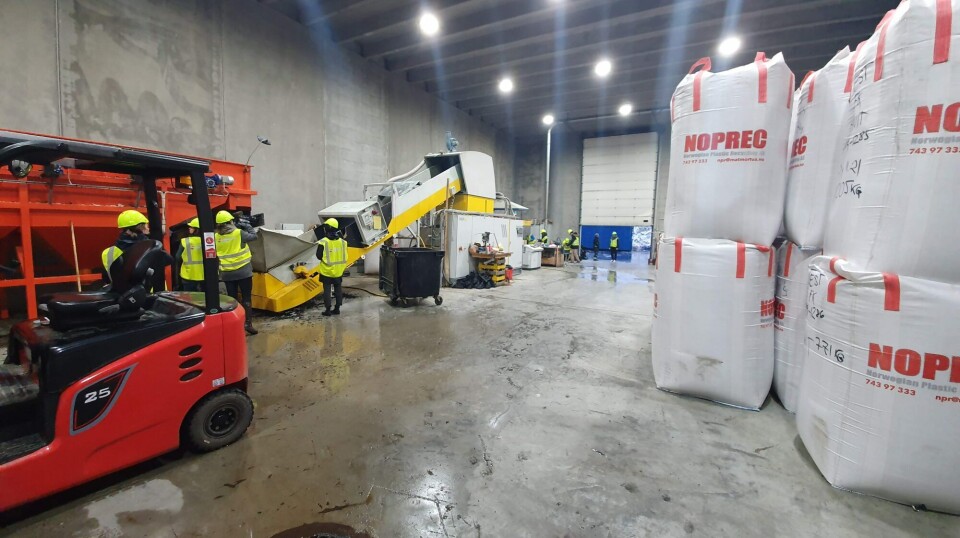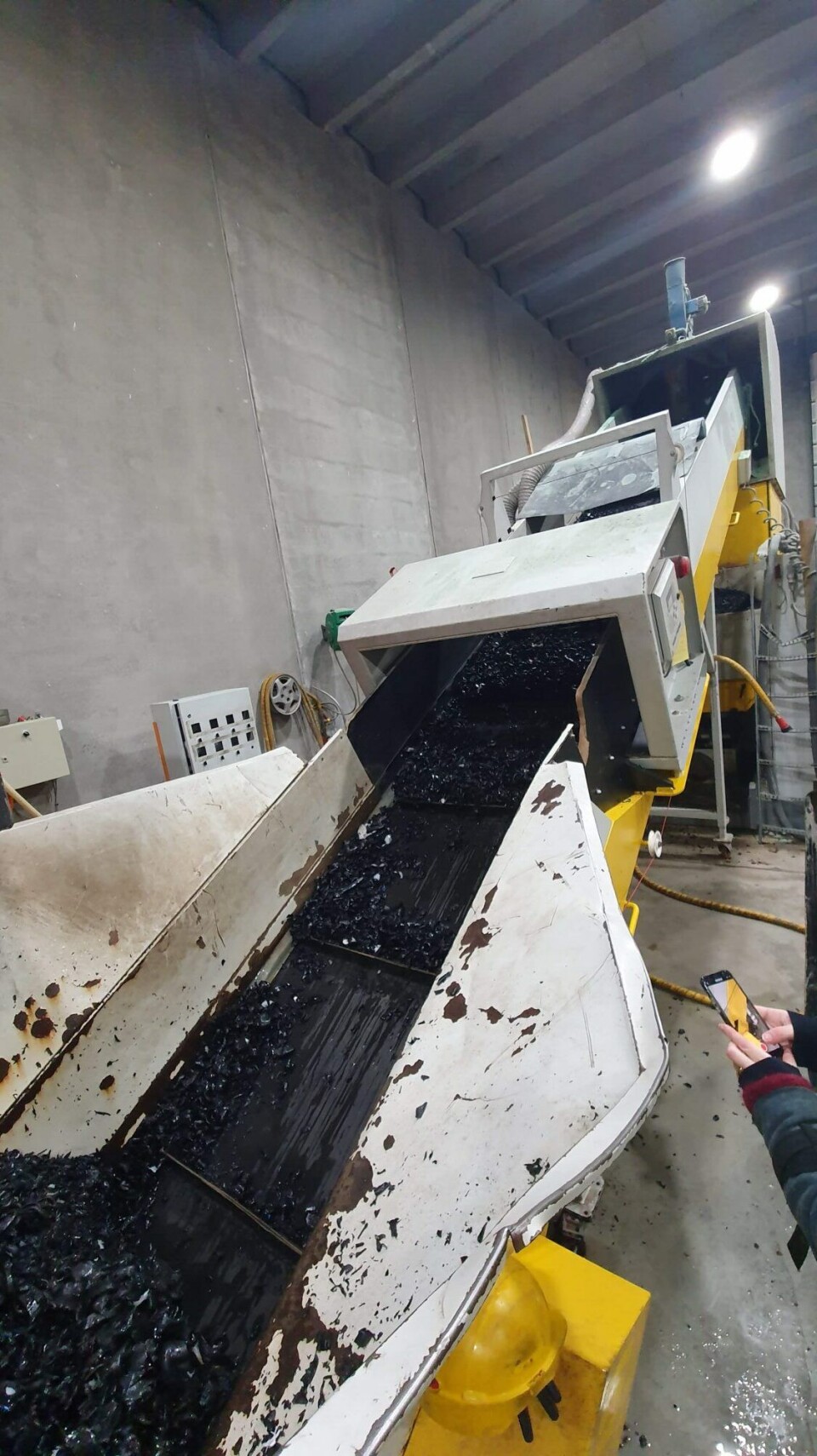THIS CONTENT IS BROUGHT TO YOU BY SINTEF - read more

The aquaculture sector is aiming for better plastic recycling
There is enormous potential in the aquaculture sector to generate circular economy initiatives for its plastic consumption. But can it also be profitable? Researchers believe so.
The aquaculture sector can help to reduce waste while also generating wealth by recycling its industrial hard plastics, as indicated by a recent research project.
“We’ve been looking into everything from administrative terms of reference to rules and regulations, the current state of our knowledge and, not least, levels of acceptance within the industry. These factors are just as important as any technological developments,” SINTEF researcher Sigrid Damman says.
Targeted advice to the public authorities
The creation of so-called cirular economies is a complex process.
Firstly, we have to be aware of the opportunities available when it comes to utilising resources. Then we have to have stable administrative and regulatory frameworks in place. The latter will enable us to utilise new materials and products without entailing high levels of risk.
The right legislation and regulations must also be in place to facilitate new initiatives.
This is why researchers are now presenting specific recommendations both to the aquaculture sector and the public authorities.
Researchers are working on a project called POCOplast, which will look into all aspects of the value chain – from the manufacturers of plastic components to those that supply both components and services, as well as the aquaculture companies which in turn deliver used plastics for recycling.
“We’ve been looking into what goes on among the various actors in the value chain, and have also tried to understand the barriers that exist in the current regulations,” Damman says.
More stringent requirements
The EU has already made a number of amendments to its rules and regulations, and is also offering more funding for research.
“Perhaps we can go even further by requiring that recycled plastic material be incorporated during the manufacture of industrial plastic products,” Damman says.

“This will boost development, but it will be a bad move to stipulate new requirements before we’re sure that we have sufficient capacity in place. Nevertheless, we ought to be setting more specific targets for the levels of incorporation of recycled material in the manufacture of industrial hard plastics,” she says.
According to Damman, many companies are interested in recycling plastic and developing new products. However, they need more overview of the materials flow.
For example, it is crucial that those who are going to use the material know that they have stable access and consistent quality.
“And those who receive the plastics for recycling have to know that there is sufficient demand. They also need to understand, and be able to document, that they are supplying plastic that meets the needs of their customers,” she says.
Manufacturers must assume greater responsibility
Researchers believe that a key to success will be to place greater levels of responsibility with the manufacturers.
In line with the EU's Single-Use Plastic Directive, such an arrangement for plastics derived from fisheries and aquaculture is expected to be implemented by the end of 2024. This means that manufacturers will assume complete responsibility for the entire lifecycle of the product.
There is also talk of introducing funding programmes that will make it profitable to design products suitable for recycling.

According to Damman, the most important thing is to set targets for materials recycling, including industrial hard plastics. This will provide more predictability and, thus, increased willingness to invest in circular economy systems.

“We need to stipulate clearer requirements for the recycling of all plastics, including hard industrial plastics. Current requirements offer only the wording ‘plastics suitable for recycling’, which, of course, makes it somewhat unclear as to what materials are included,” she says.
Acceptance by the sector
To develop a circular value chain for plastics, it is important to establish acceptance for the new solutions.
According to Damman, if the sector is to adopt new materials and products, they must have assurances that they work and are as robust and reliable as existing ones.
She believes it is important to direct a greater focus on the challenge linked to plastics in addition to other sustainability challenges in the aquaculture sector. Norms and standards will be developed in step with the new materials and products.
“Last, but not least, it will be crucial to establish dialogue with the relevant public authorities. Good intentions will be to no avail if the authorities cannot offer a regulatory framework that enables the industry to see the benefits of adopting innovative materials and products,” she says.
Good news for everyone
The establishment of a circular economy centred on the use of plastics in the aquaculture sector will be important for many reasons.
Firstly, marine plastic waste has a negative impact on ecosystems and is harmful to marine plants and animals. A circular economy will contribute towards reducing the volumes of micro- and nanoplastics currently entering marine ecosystems.
Circular economy initiatives are also important for reducing the use of ‘virgin’ plastics, which in turn will result in less greenhouse gas emissions and will help to reduce global warming.
Furthermore, there will be environmental benefits associated with less plastic being incinerated or placed in landfills, where runoff can be an issue.
"The icing on the cake is that we will be able to create new products and job opportunities in rural areas, based on resources that were previously classified as waste," Damman concludes.
More content from SINTEF:
-
New study: Even brand-new apartments in cities can have poor indoor air quality
-
Fresh hope for patients with chronic inflammatory bowel disease
-
Testing a giant ship: May take five kilometres to stop
-
A robot is helping researchers hunt for the best cancer warriors
-
Locomotives that run on diesel can be electrified
-
Where kelp is being turned into lab-grown meat





































